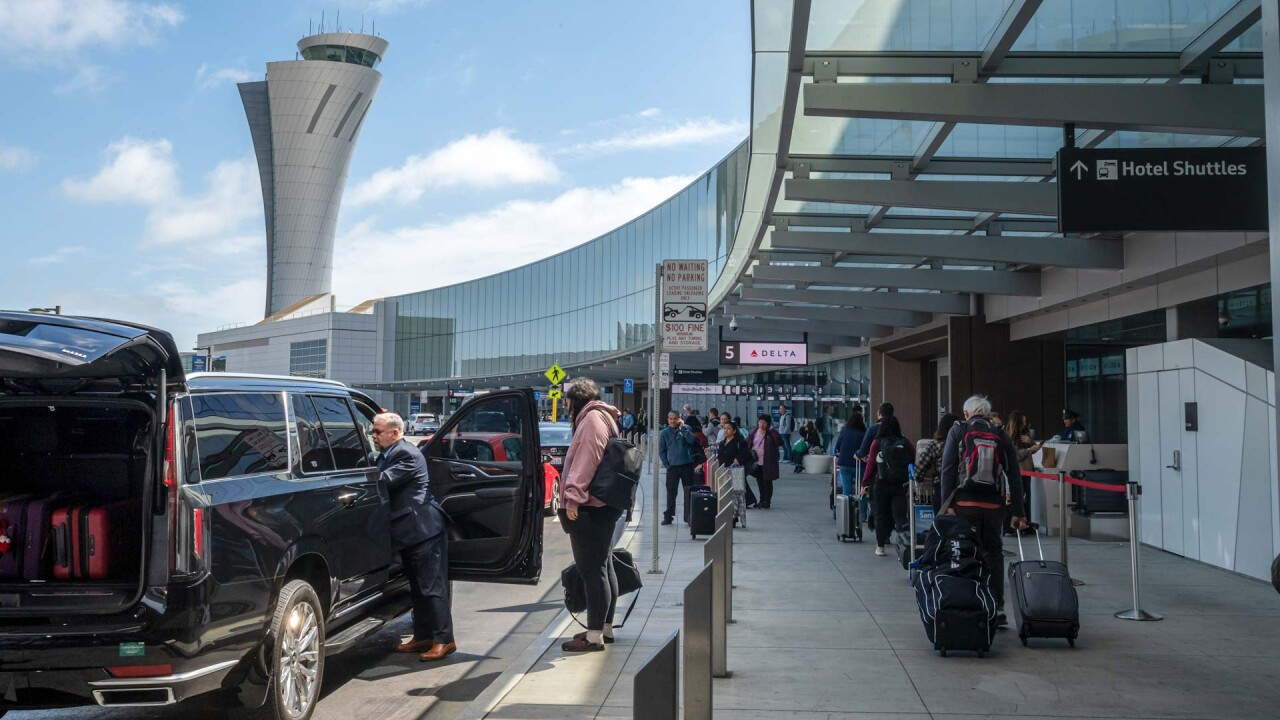New York City Housing Authority’s physical needs assessment, which it expects to announce soon, will probably exceed $25 billion and dwarf the resources available in its most recent plan, according to the watchdog
The U.S. Department of Housing and Urban Development requires agencies such as NYCHA to release its assessment, or an estimate of capital investment needed to bring its housing stock into a state of good repair, every five years.
Previous assessments by NYCHA in 2011 and 2006 identified backlogs of $16.5 billion and $6.9 billion, respectively.

NYCHA, with more than 176,000 apartments under management, is the nation’s largest public housing authority and the city’s largest landlord. “The age and scale of the NYCHA system makes it increasingly difficult and expensive to maintain,” said CBC research associate Sean Campion.
It has come under fire of late because of an escalating lead-paint scandal. The city’s Department of Investigations in November accused NYCHA Chairwoman Shola Olatoye of falsely certifying that the authority had complied with rules requiring annual lead paint inspections. City council members grilled Olatoye for several hours on Dec. 5. Public Advocate Letitia James called for Olatoye’s resignation while Bronx Borough President Ruben Diaz Jr. and others have asked the state for greater oversight.
Mayor Bill de Blasio has defended Olatoye.
“The original information I had everyone thought was right, proved to be wrong. I‘ve said in retrospect we should have made that clearer that we were amending what was said previously,” de Blasio told reporters recently. “But what I care about is it was discovered, it was acted on promptly, HUD was notified, and the actions people took in light of a mistake were the right actions.”
According to Campion, the pending needs assessment will show that NYCHA’s five-year capital needs have spiked substantially from the 2011 plan.
NYCHA’s buildings are six years older, said Campion, its capital plan funded just 10% of the needs identified in 2011, construction costs have exceeded the rate of inflation, and Hurricane Sandy caused $3 billion in damage.
“While we do not know what the ultimate cost will be, it is clear that the authority’s capital needs are growing at an unsustainable rate,” Campion said Wednesday. “At the current pace it is reasonable to be concerned that NYCHA’s needs could soon jeopardize its ability to preserve New York City’s public housing stock in the future.”
A follow-up CBC report will analyze the newest assessment after its release and recommend how NYCHA can help close the the gap between resources and capital needs.
Five critical concerns, said Campion, include the spike in needs by amount and category; the effect of investments during the previous five years on needs and building conditions; causes of growth, including increased construction costs and Sandy; aligning the new capital plan with the needs assessment; and the use of alternative strategies such as Section 8 conversions, HUD’s rental assistance demonstration program, and land sales to supplement the limited federal capital subsidies.
A





